Yury Markin
MamT$^4$: Multi-view Attention Networks for Mammography Cancer Classification
Nov 03, 2024



Abstract:In this study, we introduce a novel method, called MamT$^4$, which is used for simultaneous analysis of four mammography images. A decision is made based on one image of a breast, with attention also devoted to three additional images: another view of the same breast and two images of the other breast. This approach enables the algorithm to closely replicate the practice of a radiologist who reviews the entire set of mammograms for a patient. Furthermore, this paper emphasizes the preprocessing of images, specifically proposing a cropping model (U-Net based on ResNet-34) to help the method remove image artifacts and focus on the breast region. To the best of our knowledge, this study is the first to achieve a ROC-AUC of 84.0 $\pm$ 1.7 and an F1 score of 56.0 $\pm$ 1.3 on an independent test dataset of Vietnam digital mammography (VinDr-Mammo), which is preprocessed with the cropping model.
Self-Trained Model for ECG Complex Delineation
Jun 04, 2024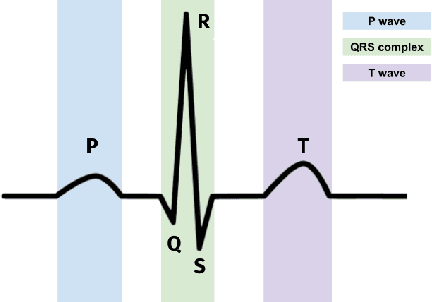

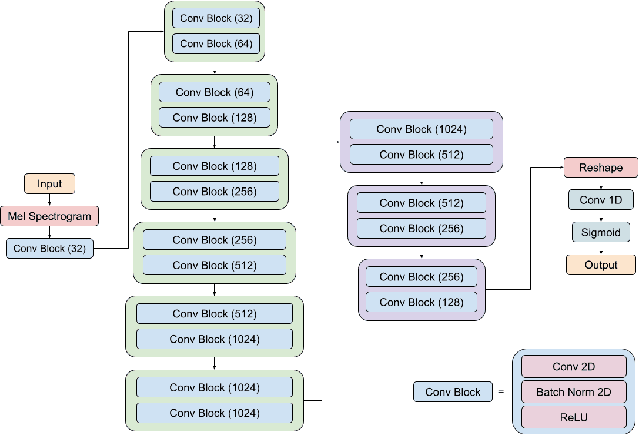
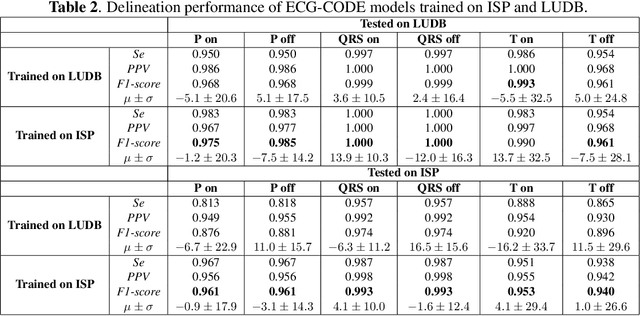
Abstract:Electrocardiogram (ECG) delineation plays a crucial role in assisting cardiologists with accurate diagnoses. Prior research studies have explored various methods, including the application of deep learning techniques, to achieve precise delineation. However, existing approaches face limitations primarily related to dataset size and robustness. In this paper, we introduce a dataset for ECG delineation and propose a novel self-trained method aimed at leveraging a vast amount of unlabeled ECG data. Our approach involves the pseudolabeling of unlabeled data using a neural network trained on our dataset. Subsequently, we train the model on the newly labeled samples to enhance the quality of delineation. We conduct experiments demonstrating that our dataset is a valuable resource for training robust models and that our proposed self-trained method improves the prediction quality of ECG delineation.
Docmarking: Real-Time Screen-Cam Robust Document Image Watermarking
Apr 25, 2023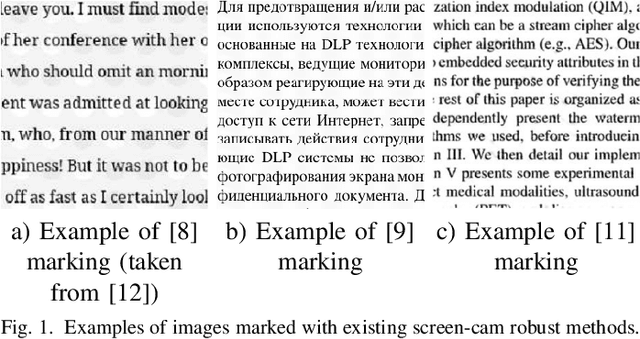
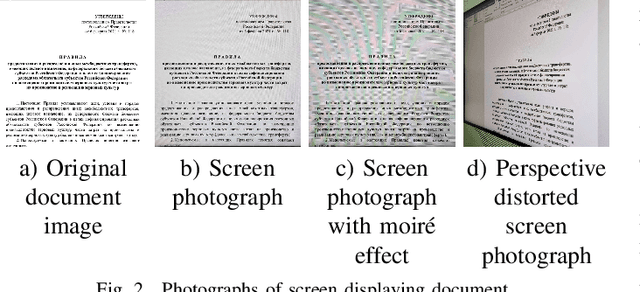

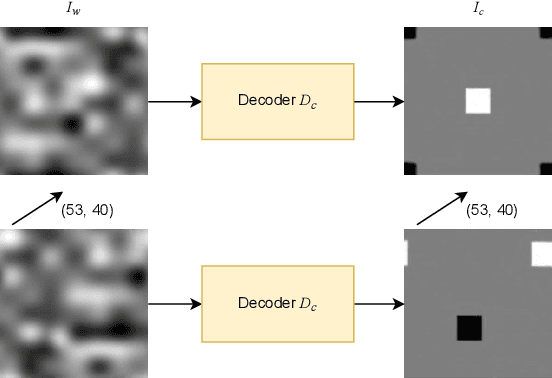
Abstract:This paper focuses on investigation of confidential documents leaks in the form of screen photographs. Proposed approach does not try to prevent leak in the first place but rather aims to determine source of the leak. Method works by applying on the screen a unique identifying watermark as semi-transparent image that is almost imperceptible for human eyes. Watermark image is static and stays on the screen all the time thus watermark present on every captured photograph of the screen. The key components of the approach are three neural networks. The first network generates an image with embedded message in a way that this image is almost invisible when displayed on the screen. The other two neural networks are used to retrieve embedded message with high accuracy. Developed method was comprehensively tested on different screen and cameras. Test results showed high efficiency of the proposed approach.
* 9 pages, 8 figures
 Add to Chrome
Add to Chrome Add to Firefox
Add to Firefox Add to Edge
Add to Edge